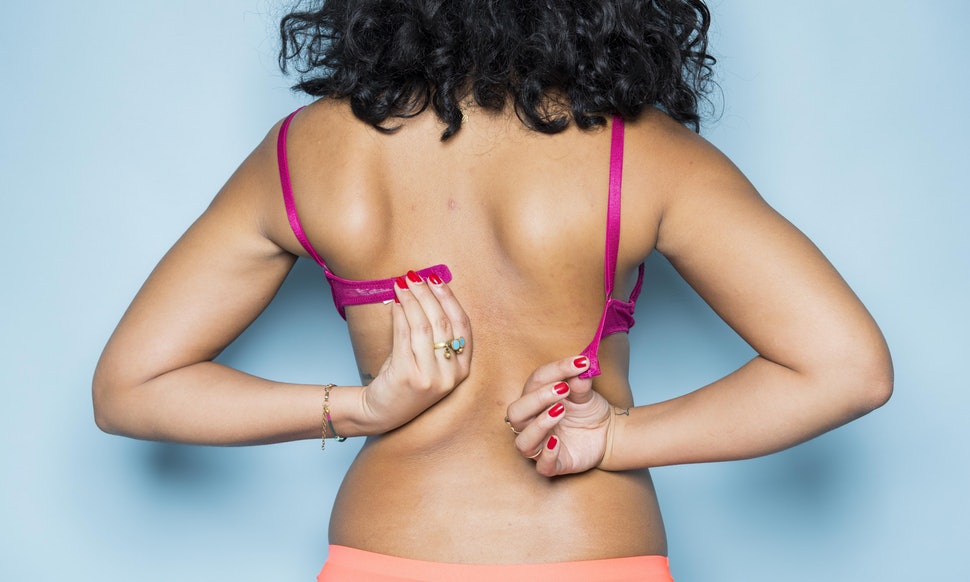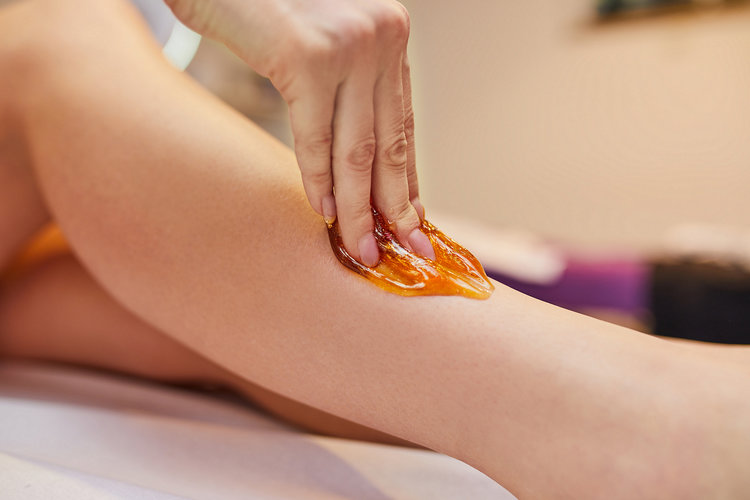
From chronic aches and pains to just plain old discomfort, there are a variety of reasons why someone may decide to get a breast reduction. But there’s a lot of misinformation out there about the surgery itself, and because of that, it can be difficult to recognize the physical signs and symptoms that can help you tell if a breast reduction is right for you. Luckily, doctors and other health professionals are there to help.





